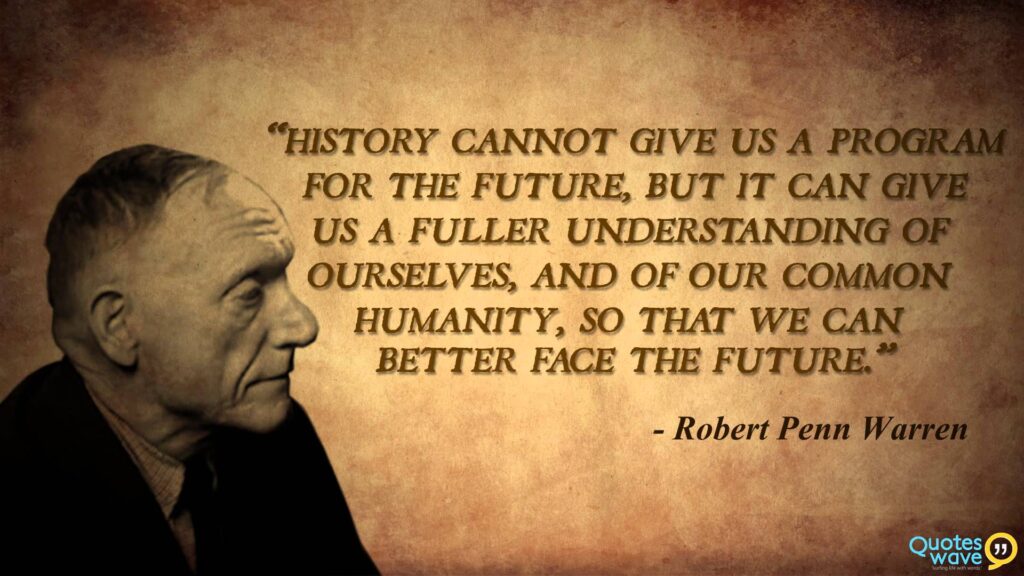
In the past, historians would spend a significant amount of time researching and uncovering new facts and sources of information. This academic approach required a laborious process to document their findings. Then they needed to find an appropriate venue to present or publish their interpretations in order to reach an audience. Today, social media has completely changed this paradigm. According to the Pew Research Center’s report entitled Three Technology Revolutions, “The new reality is that as people create social networks in technology spaces, those networks are often bigger and more diverse than in the past.” As a result historians are able to engage with new and more diverse audiences. At the same time these audience are able to dialogue and provide immediate feedback.
In his article, Creating a Dialogic Museum, John Kuo Weitchen asks “what roles should historians, and other professional specialists, play in this dialogue?” He observes that many historical organizations believe that they have a greater authority to “produce interpretations of the history and culture of a community than members of the community itself.” In essence authorship becomes more important than knowledge transfer. But Weitchen believes that this authority should be a shared and collaborative process. A process that social media is helping to facilitate.
Social media is allowing audiences to become a critical part of the historical curation and interpretation process. This is most evident in public history projects. For example, in Building Histories of the National Mall, a project created by the Roy Rosenzweig Center for History and New Media, developers carefully integrated their content strategy with its social media strategy. Great care was given to limit the social media platforms utilized, but also to standardize the presentation of content as much as possible.
The popularity of social media and online technologies are also having an impact on traditional gate keepers like historical societies and local historians. According to Ronald Grele in his well known paper, Whose Public? Whose History? What is the Goal of a Public Historian?, the local history movement in the 1960s, including professional and amateurs, created one of the largest public audiences in the United States of its time. However, local historians and historical societies are struggling to keep up with the next wave of independent and non-affiliated public historians. Grele writes that “every man can become his own historian; that relatively ordinary people can seek and find knowledge of the world.” Grele goes on to say that the task of the public historian should be to “help members of the public do their own history and to aid them in understanding their role in shaping and interpreting event.”
So what should be the relationship between public historians and their audiences? Maybe Sam Wineburg, in his article, Thinking Like a Historian, has it right. He says that historians “see themselves as detectives searching for evidence among primary sources to a mystery that can never be completely solved.” But as detectives historians have developed an approach to “historical thinking” by establishing criteria to evaluating primary sources. Do historians have a responsibility to share this approach with their audiences? Wineburg believes so and he provides the following list to help:
- Sourcing
- Contextualization
- Close reading
- Using background knowledge
- Reading the silences
- Corroborating
So why should public historians encourage their audiences to “think like historians?” In the social media world arguing is more often the goal, rather than a means to an end. As a result, historical facts get lost in the dialogue. Online everyone can have an opinion or their own interpretation of history. Wineburg believes that while everyone is entitled to an opinion, “not every opinion deserves to be believed.” To be persuasive, an opinion needs to backed up by evidence. Curating and interpreting this evidence will continue to be an important part of the relationship between audiences and public historians.
Grele, Ronald. “Whose Public? Whose History? What is the Goal of Public History?” The Public Historian 3.1 (Winter 1981): 40-48.
Pew Research Center. “Three Technology Revolutions”
Tchen, John Kuo Wei. “Creating a Dialogic Museum: The Chinatown History Museum Experiment” Smithsonian Press Abstract (March 1990)
Wineburg, Sam. “Thinking Like a Historian” Teaching with Primary Sources Quarterly Library of Congress (Vol. 3, No. 1, Winter 2010)